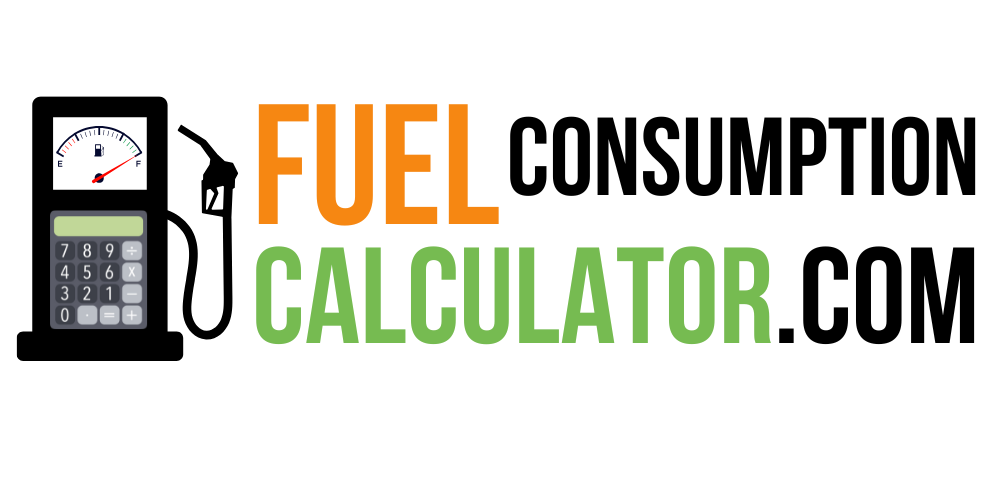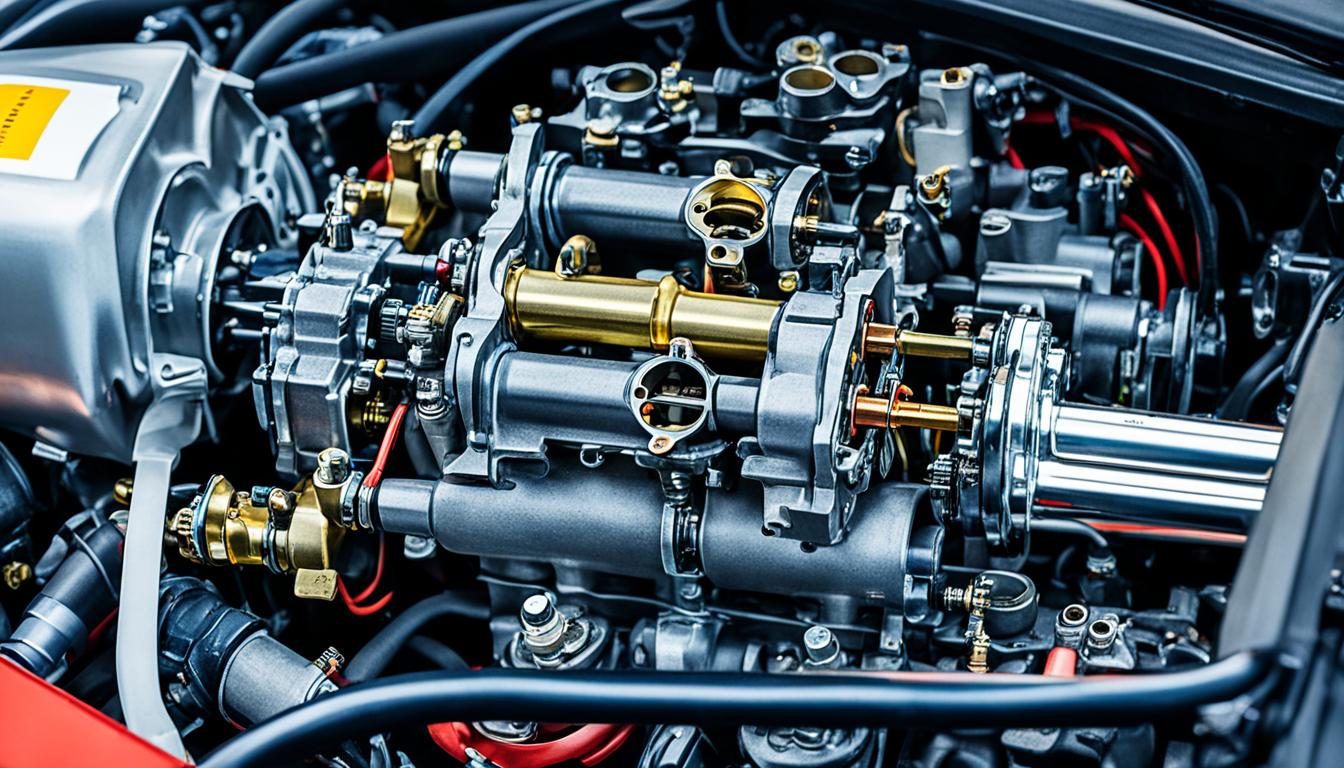Are you tired of watching your fuel gauge drop faster than you’d like? Improving your carburetor’s fuel efficiency can help save money at the pump.
But how can you do this without losing performance? Learn the secrets to better fuel economy and a smoother engine.
Contents
- 1 Key Takeaways:
- 2 1. Keep Tires Properly Inflated
- 3 2. Minimize Excess Vehicle Weight
- 4 3. Use Air Conditioning Wisely
- 5 4. Maintain Optimal Speed Range
- 6 5. Optimize Carburetor Settings
- 7 6. Practice Smooth Driving
- 8 7. Utilize Cruise Control and Higher Gears
- 9 8. Anticipate Traffic and Road Conditions
- 10 9. Minimize Idling Time
- 11 10. Use Manufacturer-Recommended Motor Oil
Key Takeaways:
- Properly inflating your tires can boost fuel efficiency by up to 10%
- Reducing excess weight in your vehicle can improve fuel consumption
- Maintaining an optimal speed range of 50-90 km/h on the highway maximizes fuel economy
- Adjusting your carburetor’s air-fuel mixture can enhance engine performance and fuel efficiency
- Avoiding aggressive acceleration and braking can significantly improve fuel savings
1. Keep Tires Properly Inflated
Maintaining the right tire pressure is crucial for optimal fuel efficiency. Underinflated tires increase rolling resistance, making your car work harder and consume more fuel.
According to industry studies:
- Tires underinflated by 10 psi can reduce fuel efficiency by up to 10%
- Properly inflated tires can improve fuel economy by up to 3%
Action steps:
- Check tire pressure regularly
- Inflate tires to the manufacturer’s recommended pressure
2. Minimize Excess Vehicle Weight
Every extra 50 kg in your vehicle can increase fuel consumption by up to 2%. To improve fuel economy:
- Remove unnecessary items from the trunk
- Avoid carrying extra passengers or cargo when possible
- Remove roof racks or cargo carriers when not in use
- Consider lighter materials for car parts (e.g., alloy wheels)
3. Use Air Conditioning Wisely
At speeds over 80 km/h (50 mph), using air conditioning is more fuel-efficient than driving with open windows. Open windows create drag, reducing aerodynamics and increasing fuel consumption.
Benefits of using AC at high speeds:
- Improved aerodynamics
- Comfortable interior temperature
- Cleaner cabin environment
4. Maintain Optimal Speed Range
Driving within the 50-90 km/h (31-56 mph) range optimizes fuel efficiency.
| Driving Speed | Fuel Efficiency Impact |
|---|---|
| 50-90 km/h (31-56 mph) | Best fuel economy |
| Above 100 km/h (62 mph) | Up to 15% decrease in efficiency |
| Below 50 km/h (31 mph) | Reduced efficiency due to engine strain |
5. Optimize Carburetor Settings
For vehicles with carburetors, proper adjustment is key to reducing fuel consumption. Follow these steps:
- Locate idle mixture and idle speed screws
- Adjust screws in small increments (1/8 turn)
- Monitor engine performance
- Use a vacuum gauge or AFR gauge for precise tuning
- Adjust for weather and altitude changes
| Adjustment | Recommended Setting |
|---|---|
| Idle Mixture Screws | 1.5-2 turns out |
| Idle Speed Screw | 1-1.5 turns in |
| Idle Speed Adjustment | 1/2 turn clockwise to increase |
For complex carburetor systems, consult a professional mechanic.
6. Practice Smooth Driving
Aggressive acceleration and braking can increase fuel consumption by 15% to 40%. Adopt these techniques:
- Accelerate gradually
- Brake early to avoid sudden stops
- Maintain steady speeds
- Avoid rapid lane changes
7. Utilize Cruise Control and Higher Gears
Cruise control maintains a constant speed, reducing fuel-wasting acceleration and deceleration. Higher gears lower engine RPMs, improving fuel efficiency during highway driving.
8. Anticipate Traffic and Road Conditions
Predictive driving can significantly improve fuel efficiency. Tips include:
- Scan the road ahead for obstacles and traffic signals
- Anticipate traffic patterns and congestion
- Adjust speed for terrain changes
9. Minimize Idling Time
Turn off the engine when stopped for more than 3 minutes to save fuel and reduce wear on engine components. This practice is especially beneficial for vehicles with carburetors, which typically have lower fuel efficiency.
10. Use Manufacturer-Recommended Motor Oil
Using the correct grade of motor oil can improve fuel economy by 1-2%.
By implementing these strategies, drivers can significantly improve their vehicle’s fuel efficiency. Remember that combining multiple techniques yields the best results in reducing fuel consumption and saving money at the pump.

Hi, I’m Sufiyan, the developer behind this platform. I created FuelConsumptionCalculator.com to simplify fuel tracking for everyone — because understanding your vehicle shouldn’t require a degree in mechanics. I’m always working on adding more tools and content to make this site even more useful

